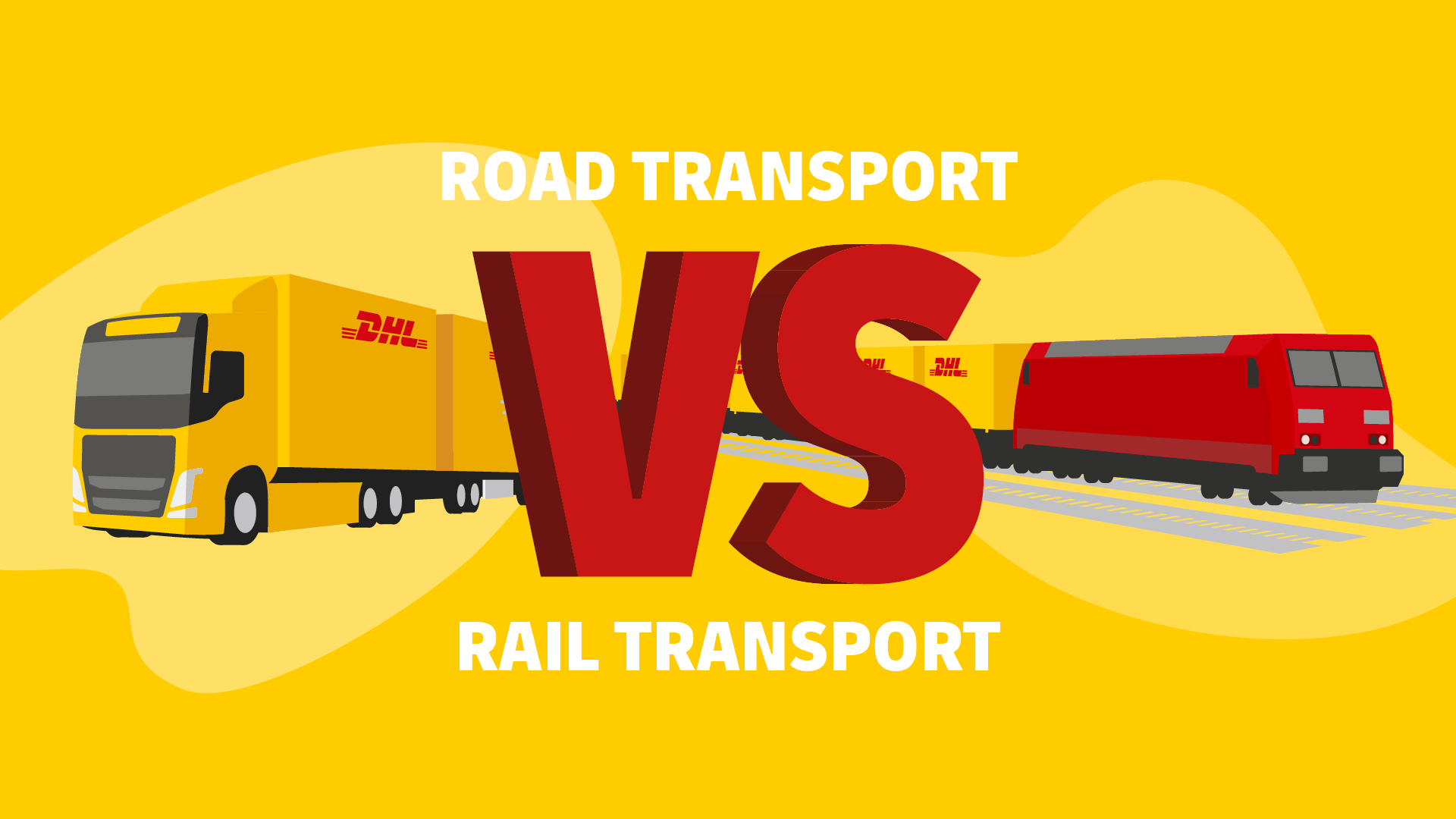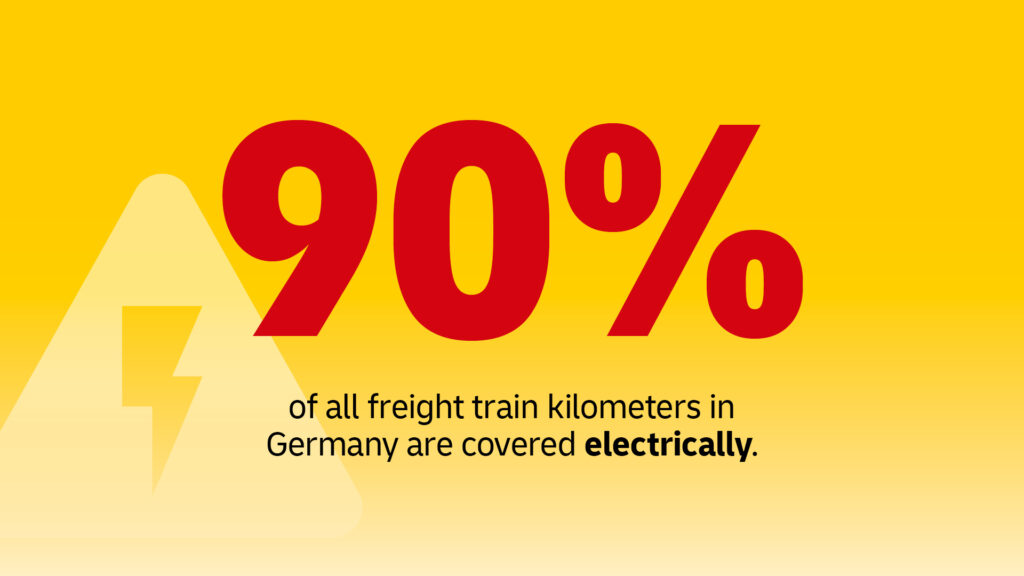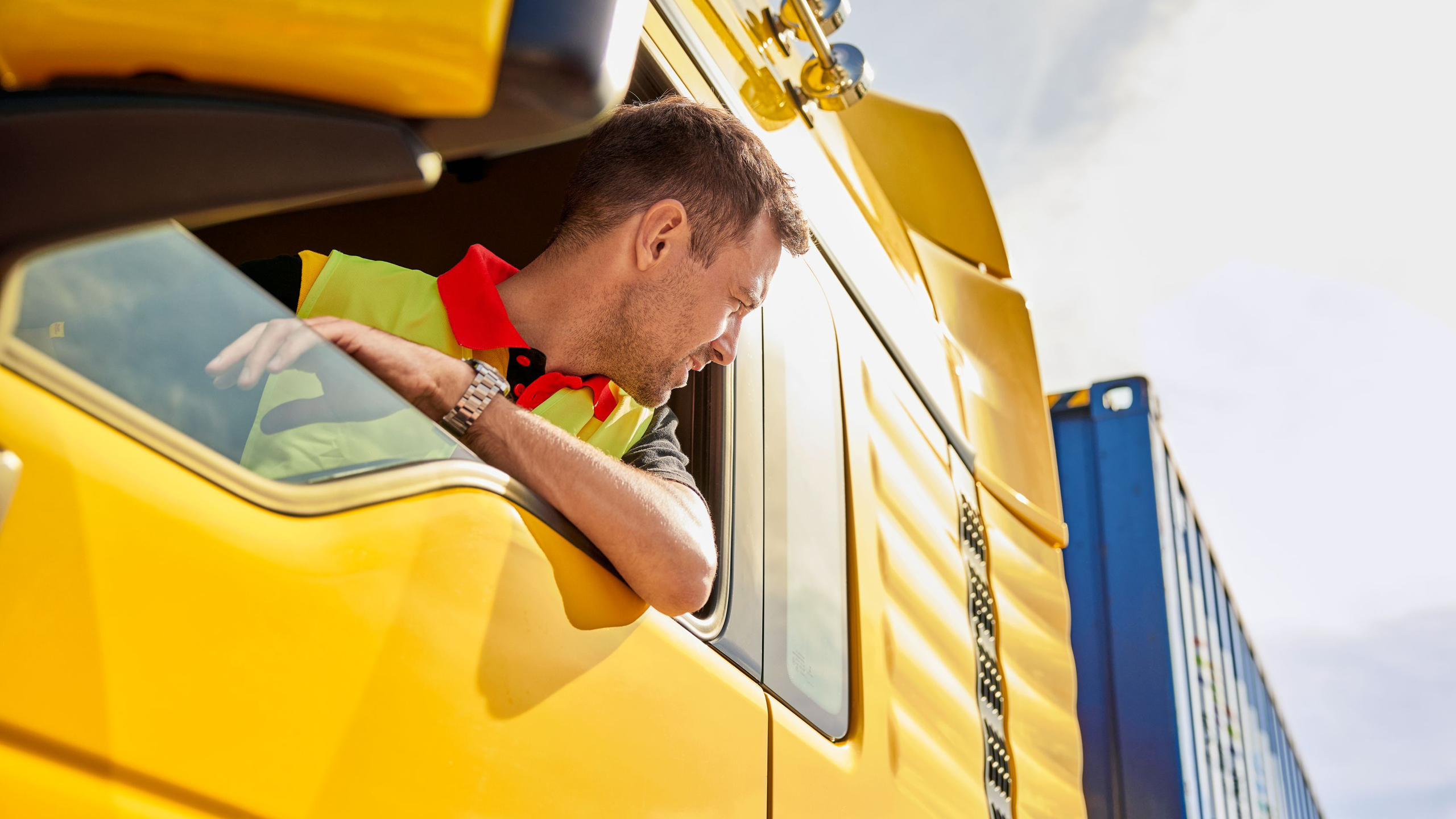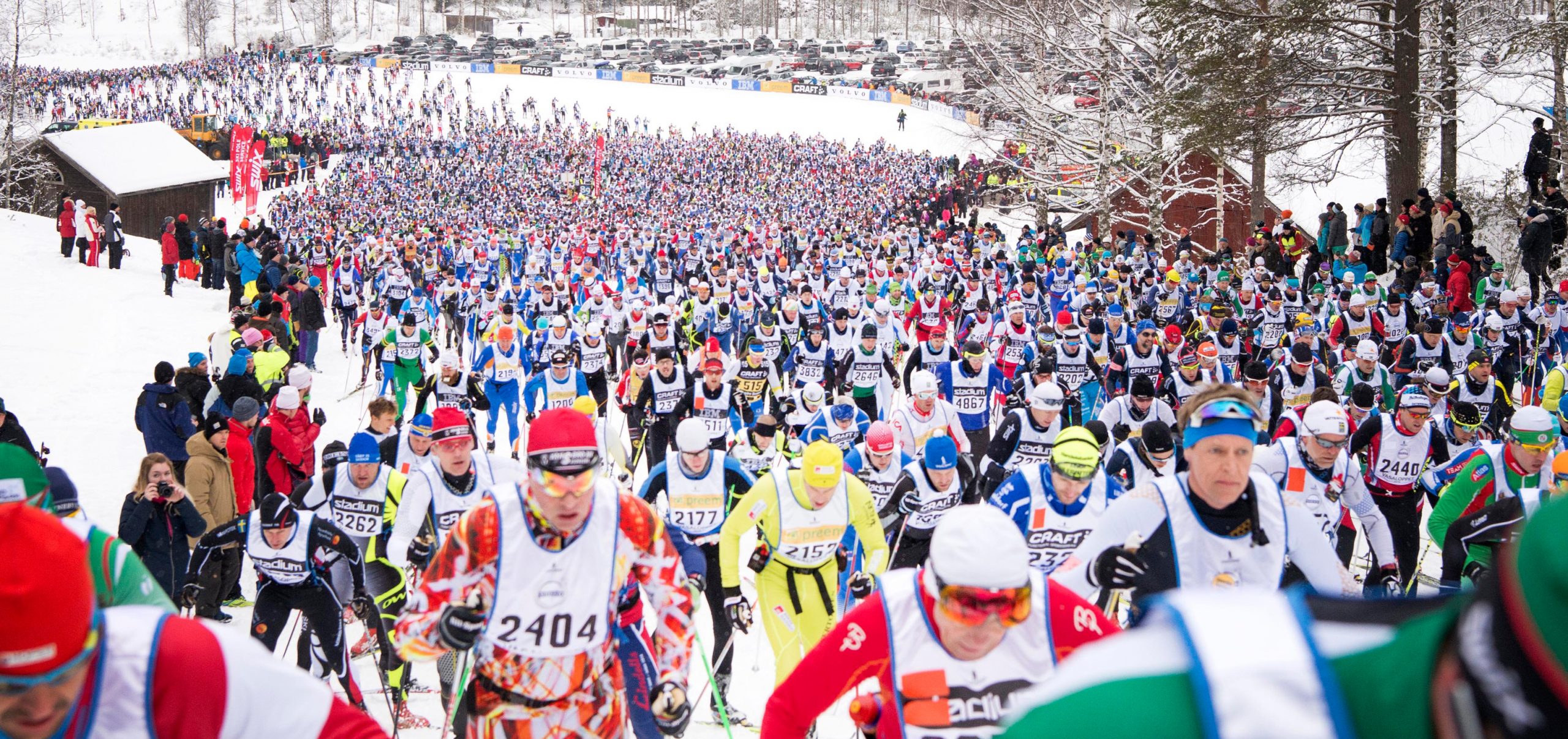
Given the environmental impact of logistics, the choice between rail and road is likely to favor rail. Rail freight is the most eco-friendly mode of freight transport. But where there is light, there is also shadow and for consignors and logistics service providers, flexibility, transport costs, delivery speed, and delivery accuracy are just as crucial. Our overview shows where rail and road each have the edge – and how they can complement each other.
Rail and Road: Which Freight Type Scores Where?
According to the political will expressed by European leaders, the preferred transport mode of the future is rail freight. Competition between the two land transport systems, rail freight and road freight, seems thus decided in the long term.

The present looks different: in 2021, 77 percent of all goods in the European Union were transported by truck and only 17 percent by freight train. This may come as a surprise in view of the political objectives, but it also has to do with some of the drawbacks of rail – and with the specific benefits of road freight. We illustrate what these are in detail, point by point, in our comparison of road vs rail freight transport.
Energy Consumption
On rail, there is a better ratio between transport volume and necessary operating power. This has a lot to do with physics: with mass acceleration, aerodynamic drag, or rolling resistance. In less technical terms, a freight train requires much less energy per ton kilometer than a truck – not even a third.
Pollutant Emission
Lower energy consumption naturally translates directly into a reduction in greenhouse gas emissions from rail. This would be the case regardless of the drive technology. In addition, electric drives are already predominant in rail freight. In Germany, the largest European transport market, almost 90% of all freight train kilometers are covered electrically. This means that there are hardly any direct emissions and virtually none if green electricity is used.

As for trucks, lower-emission drives and bridging technologies such as HVO, bio-CNG, and -LNG are increasingly being used. In the medium term, however, electric and, in the long term, hydrogen drives must contribute to the decarbonization of road freight. At present, rail freight generates less than one-fifth of the greenhouse gas emissions of road transport per ton kilometer.
Transport Costs
Transport costs are generally higher on rail than on road. There can be several reasons for this, including a higher wage structure in the rail sector or train path prices – compared with road tolls, charges for track use are usually higher. These two factors result in higher freight rates for rail freight compared to road freight. For high transport volumes (see below) as well as long transport routes, rail occasionally can also score in terms of price.
Transport Volumes
Trains can transport larger and heavier goods than trucks. Over long distances, this can sometimes also pay off economically (see above). Considering the total transport volume, one freight train can replace more than 50 trucks – but of course not all trains are the same length and extremely long trains cannot run everywhere.
Planability
Rail traffic provides a certain degree of predictability because it is based on timetables. However, anyone who has ever traveled by rail knows that a single delayed train can upset the entire timetable. It is no different in rail freight. So thanks to timetables, long-term planning is good in theory – in practice, a train can get stuck on the tracks just as a truck in a traffic jam. This is often due to inadequate infrastructure, which lags behind demand in almost all of Europe.
Infrastructure
Rail freight requires less surface area for transporting the same amount of goods – but this advantage is nullified if the infrastructure is not up to the demand or is outdated: switches fail, signals are disrupted, and even in the digital age, wagons are still coupled manually in many places.
Although many roads and road bridges in Europe are also ailing, the road network as a whole is better developed and more branched out: usually right up to the doorstep of the consignee. In contrast, only a few large companies have their own rail sidings. This means for door-to-door deliveries: in most cases, they are only possible if the truck is integrated into the transport chain.
Transport Security
In truck traffic, the probability of an accident is about 40 times higher than on rail. Likewise, the risk of a total loss is higher on the road. The consignor has thus a lower risk of failure when using rail. In addition, the risk of theft is lower in rail freight. It is more difficult to approach and unload a railway wagon than a parked truck left unattended.
Flexibility
The greatest asset of road freight, apart from the possibility of door-to-door delivery, is its flexibility. Of all means of transport, the truck offers the greatest flexibility, both in terms of time and location. In addition, a truck can take over a tour at short notice and leave from almost any place and at any time (with the only exception of driving bans during vacation, on holidays, or at night).
A freight train must always adhere to the timetable and is not suitable for spontaneous deliveries. The train is inflexible in two respects: time-wise, because of the schedule, and space-wise, because it is dependent on the (poorly developed) rail network.
Combined Transport – Best of Both Worlds
The land freight of the future is likely to be the combination of the advantages of both modes of transport: intermodal transport. The train takes over the long haul, and before and after that the truck covers the first and last kilometers. This is indeed often the case today if the delivery point is not connected to the rail network. In such cases, transport logistics was already intermodal even 100 years ago – but probably without calling it this way. For the future, the expansion of intermodal concepts implies that considerably more tons of long-distance freight will be shifted to rail to relieve the burden on the roads and the environment.
Modern containers and trailers are standardized and can be lifted from the train to the truck or vice versa without unloading the container contents, which saves time. If the starting point for land transport is a port, road freight can sometimes be dispensed with for the first number of kilometers: many ports have special ramps that allow not only trucks but also entire trains to enter the ship’s hull.
Conclusion
As no means of transport is without its drawbacks, the decision on the most suitable transport solution depends on the factors of distance, transport volume, time pressure, or cost budget.
Due to its flexibility, road freight transport will remain irreplaceable for many transportation needs for a long time to come. The goal must be to consistently expand intermodal concepts where it is possible and makes sense to do so. In road freight, deliveries must be carried out using modern propulsion systems that produce fewer emissions in the short and medium term, and no emissions at all in the long term. As a pioneer in sustainable logistics, DHL Freight has integrated these goals into its Green Technology Roadmap and is already realizing some of them – for example, through the GoGreen Plus Service.
Frequently Asked Questions
What are the benefits of road freight?
Road freight transport is time-wise and location-wise the most flexible of all modes of transport. Both short-term and door-to-door deliveries are possible. In addition, road freight transport is cost-effective and can rely on a good road infrastructure.
What are the benefits of rail freight?
The major advantage of rail is its sustainability. Rail freight generates only around one-fifth of the emissions per ton kilometer compared with trucks. It also has greater loading capacities and a low risk of accidents and theft.
What are the downsides of road freight?
Compared to freight trains, road freight has a poorer energy and environmental balance. The loading volumes are relatively small, which makes trucks unsuitable for transporting certain very heavy or large goods.
What are the downsides of rail freight?
Rail freight is not an option for spontaneous delivery requests, as its schedule-based operation makes it very inflexible. Rail infrastructure often does not match transportation demand, and freight rates are higher than for road freight.
What is combined transport of truck and rail?
Combined or intermodal transport means that different modes of transport are involved in a single shipment. In the case of rail and truck, for example, trains may carry out the long-distance transport and the cargo is then reloaded onto trucks for final delivery.


